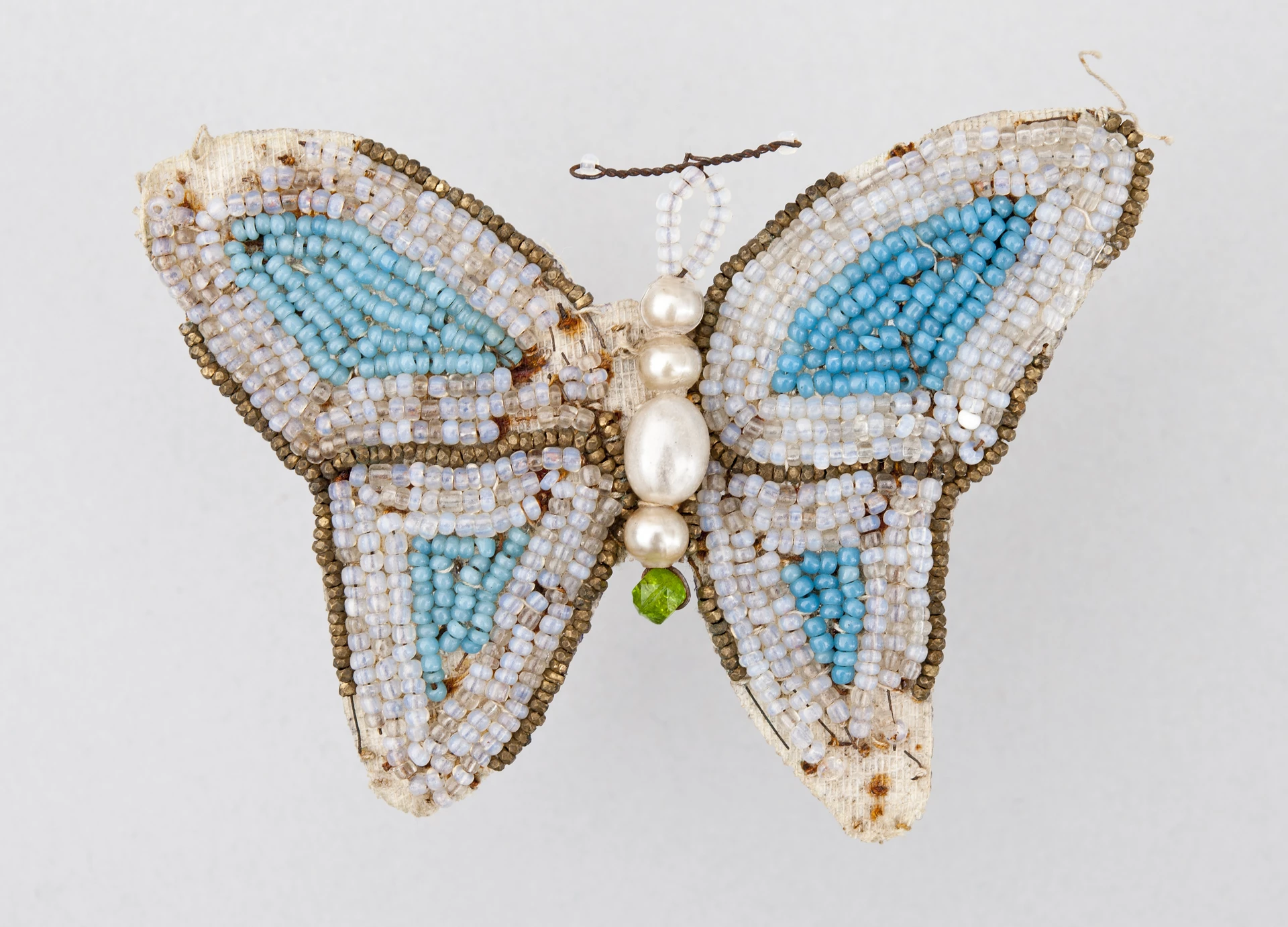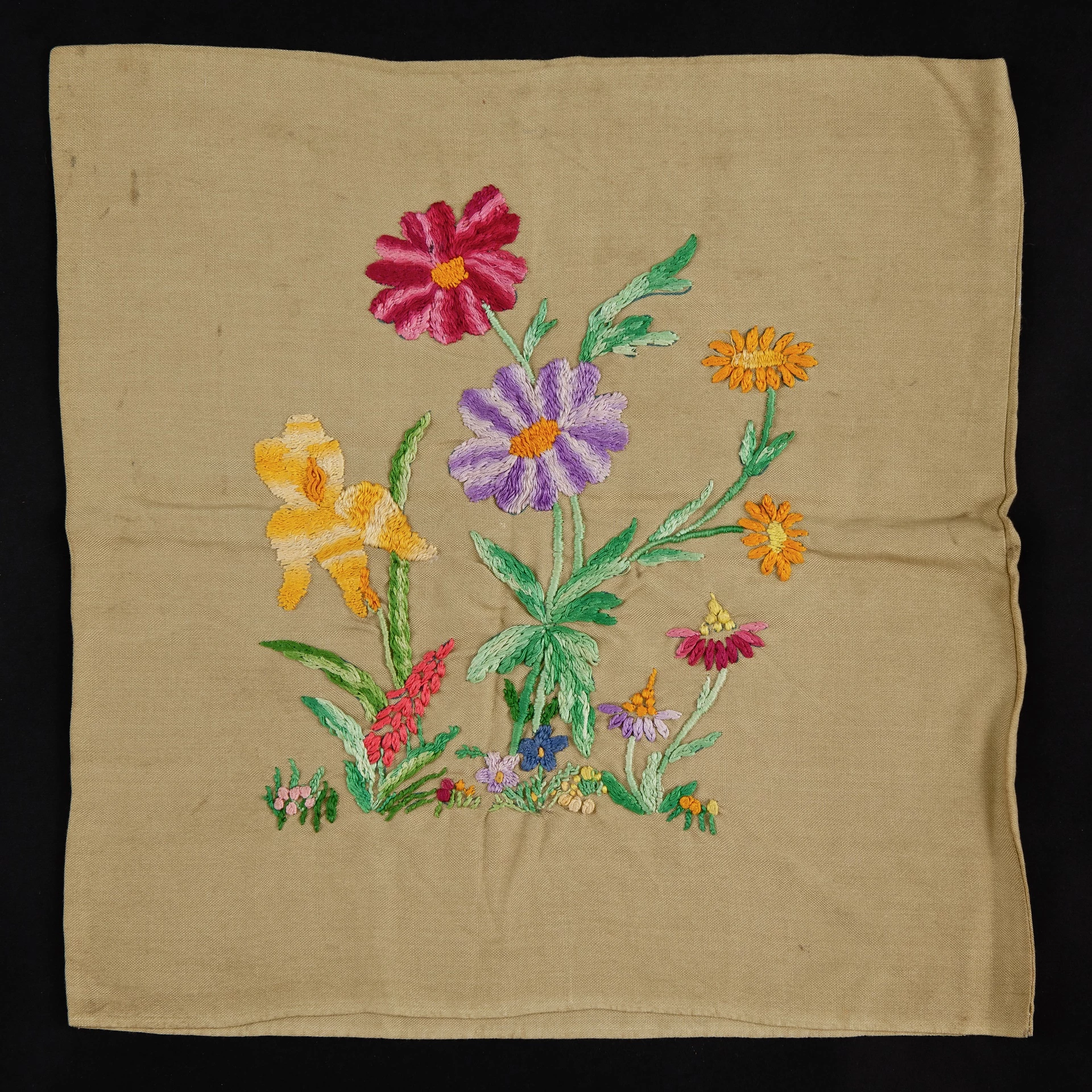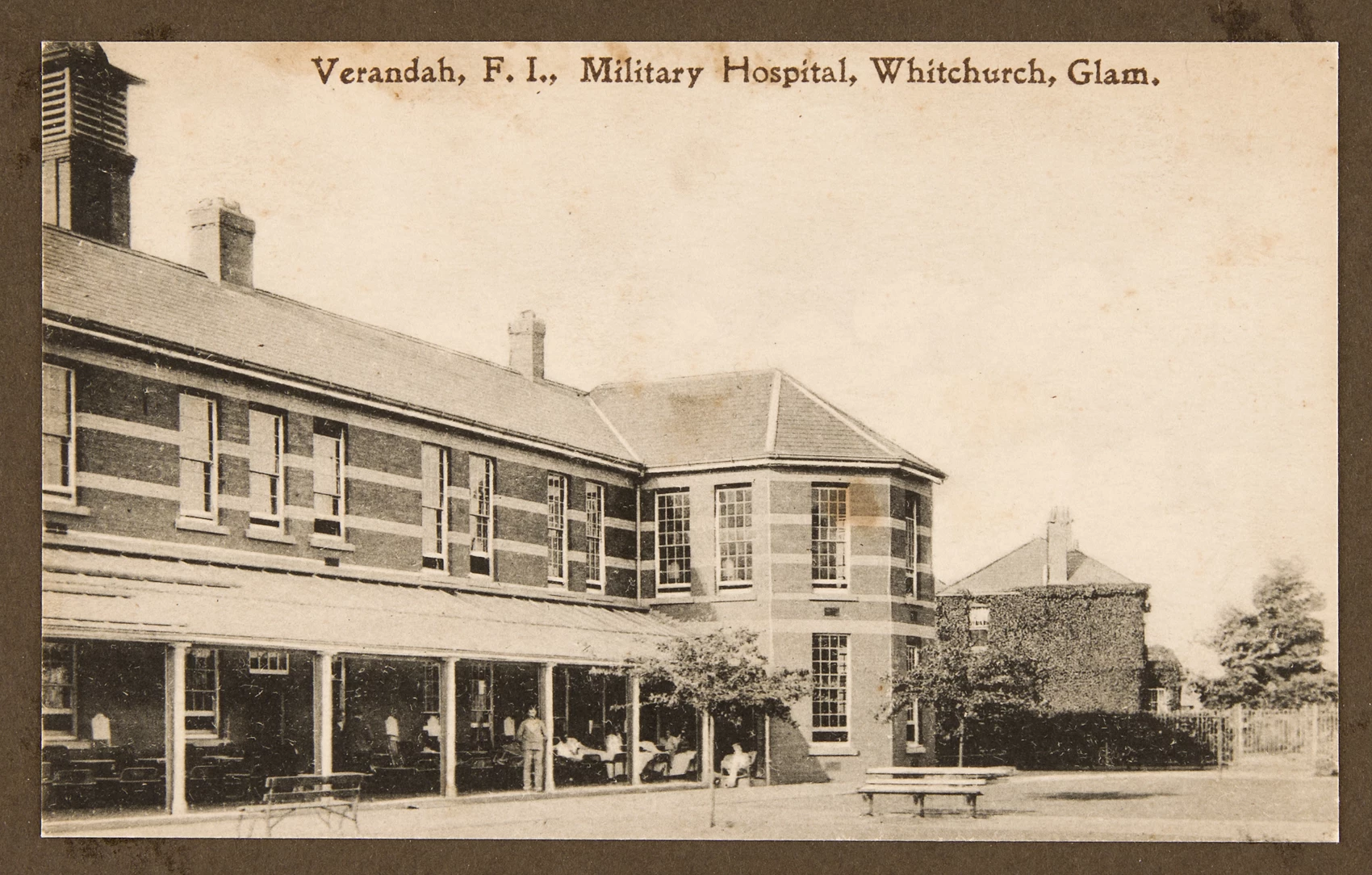Comfort in Creativity - Mental Health Awareness Week
, 21 Mai 2020
Last week, we launched an online questionnaire asking for your experiences and feelings of living in Wales during the coronavirus pandemic. From the responses we’ve received so far, it seems that a number of you are finding comfort and peace of mind through making – from quilts to facemasks, scrub bags to small embroideries. The connection between making and improved mental health is of course widely-known, with studies showing that craft and the visual arts can help to alleviate anxiety and stress in some people.
The textile collection at St Fagans includes several pieces which reveal the historic interplay between craft and mental health. These include needlework stitched by sailors on long voyages away from home, to more formal forms of occupational therapy made by convalescing patients. In all cases, we can only assume that the repetitive rhythm of the making process, and the focus required to complete the task, must have benefitted the makers in some way. I say ‘assume’ because the voices of these makers are usually missing from the narrative, which makes documenting current experiences of crafting through the pandemic even more important.
One of the most poignant pieces in the collection is a tablecloth made at Whitchurch Hospital, embroidered with the signatures of a group of soldier-patients and staff in 1917. During the First World War, the Cardiff City Mental Hospital (as Whitchurch was then called) was ceded to the military and became known as the Welsh Metropolitan War Hospital (1915-19). Civilian psychiatric patients were moved to other institutions, while injured soldiers returning from the frontline occupied their beds. From 1917 until 1919, the hospital specialized in both orthopaedic and mental health conditions.
The signatures embroidered on the tablecloth include two important figures in the history of psychiatric care in Wales – Dr Edwin Goodall and Matron Florence Raynes. Goodall, an eminent psychiatrist who trained at Guy’s Hospital in London, was appointed the first Medical Superintendent of Whitchurch in 1906, two years before the hospital opened. He was awarded a CBE in 1919 for his pioneering treatment of shell-shock. Florence Raynes was also a trailblazer in her own right, being the first woman to have overall responsibility for the hospital's entire nursing staff.
The exact reasons for creating the tablecloth are unknown. Was it made as a form of occupational or diversional therapy for the soldiers? Could it have been an exhibition piece or a fund-raiser? Or perhaps initiated as a memento for a patient, nurse or doctor? Despite several attempts in recent years to unravel its history, the tablecloth remains a mystery.
In general, the feelings and intentions of makers are frustratingly absent from our records, and we know very little about the emotions of the people who crafted the historic objects in our care. How did they feel about making in times of crisis, ill-health or confinement? What did the creative process give them? If you're finding solace in your sewing machine or knitting needles during these difficult days, please consider sharing your lockdown crafting experience with us through the questionnaire. We want to hear your story to ensure that the wellbeing benefits of making in the present do not go untold.





